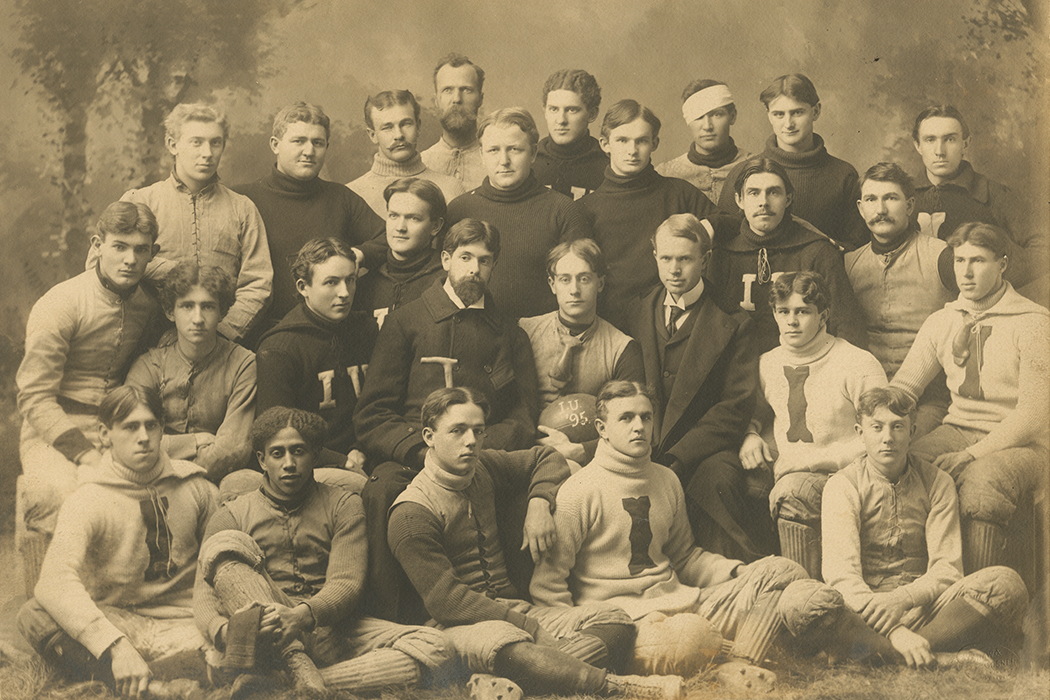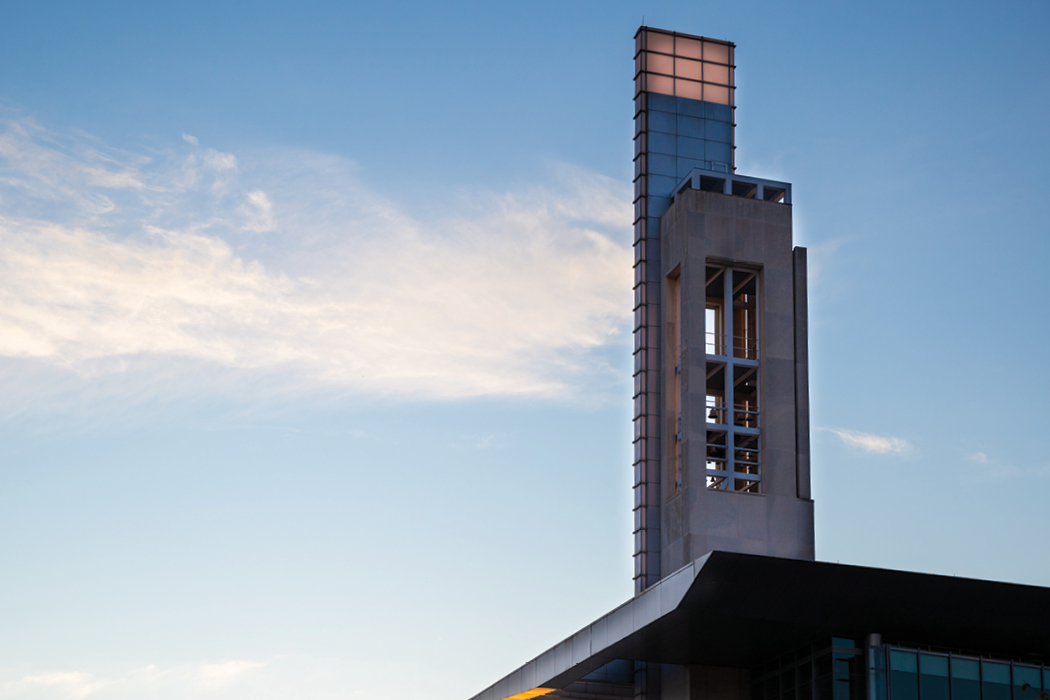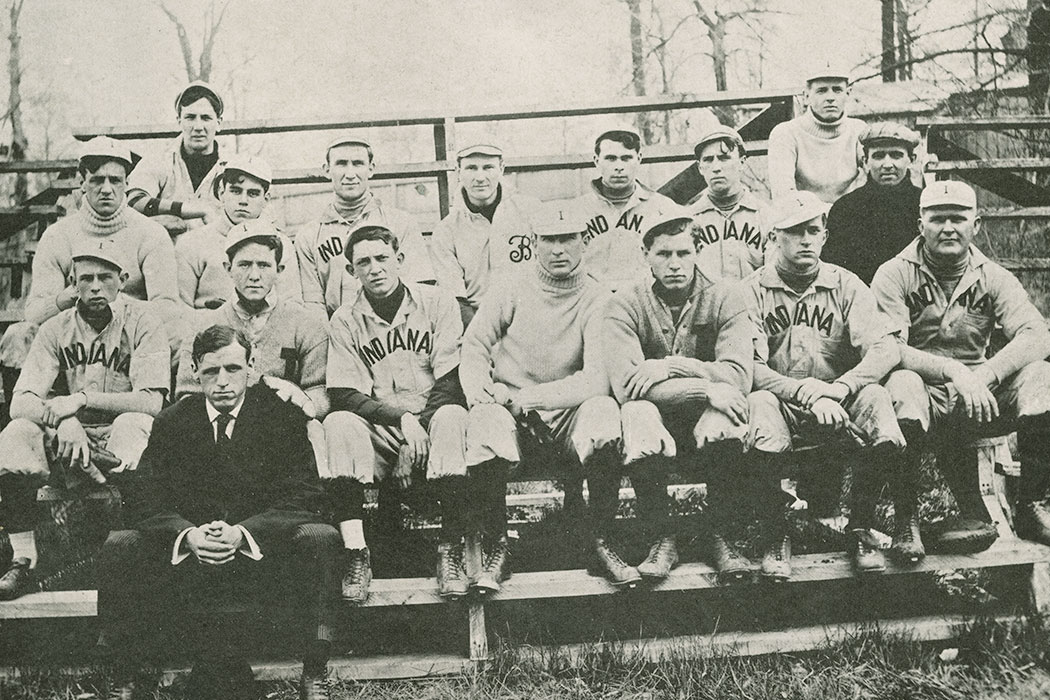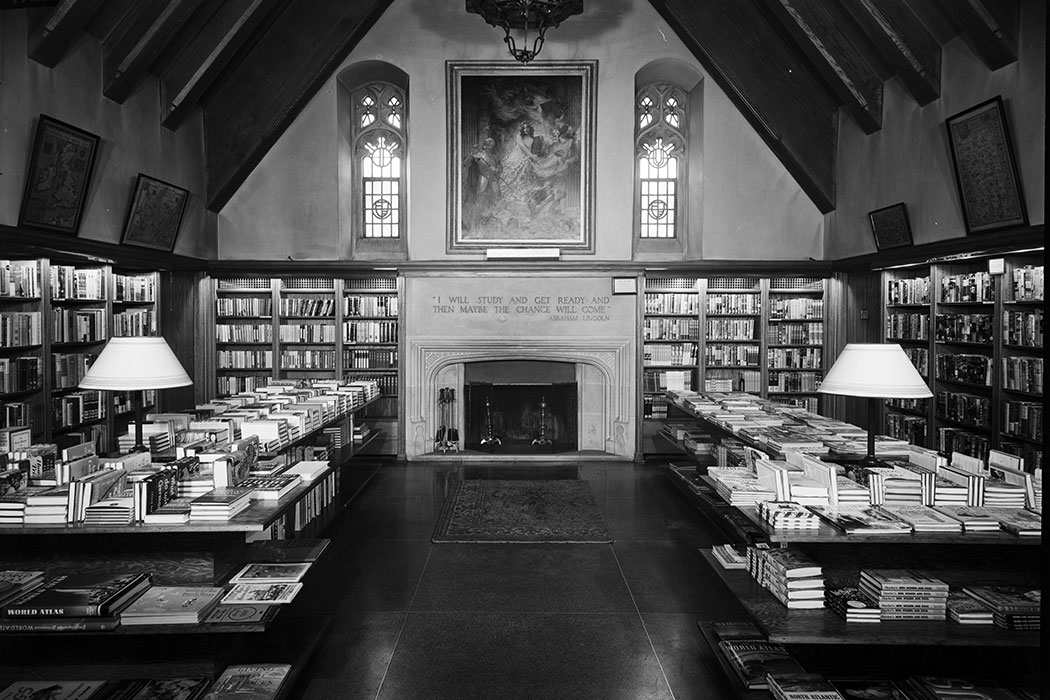Hidden IU: Reverend William M. Daily
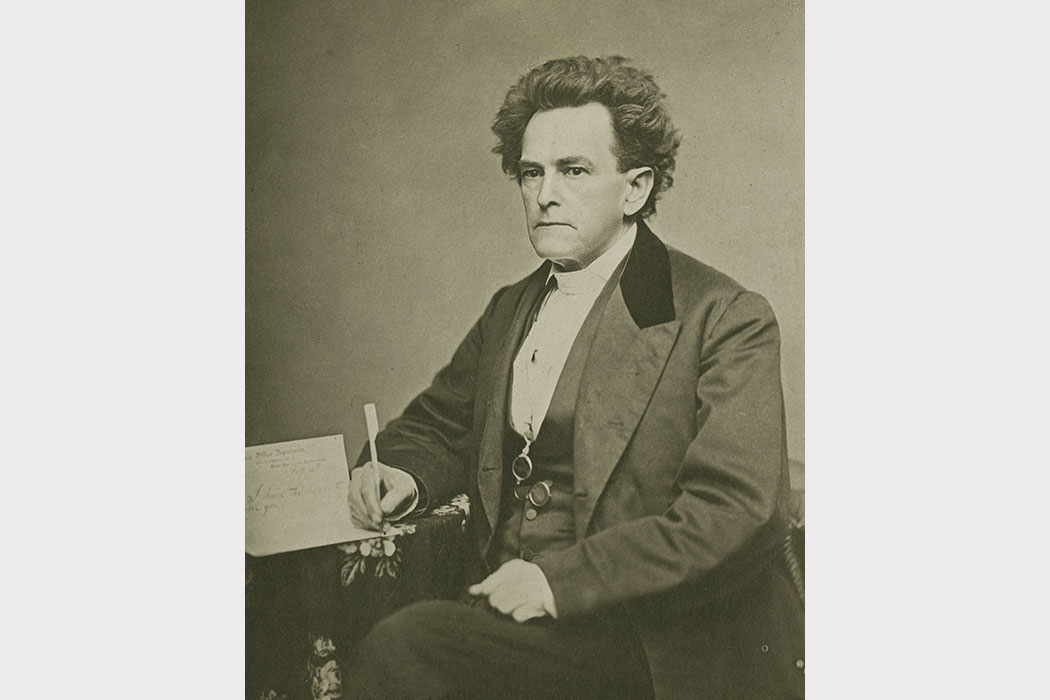
Popular Methodist minister William “Bill” Daily, BA 1836, served as Indiana University’s third president from 1853-59. His election was marked by political maneuvering and his resignation was due to ecclesiastical scandal. Previous historians have presented a mixed assessment of his contributions to IU.
Born in Coshocton, Ohio in 1812, Daily grew up in Brookville, Ind., where he was an industrious student in primitive country schools. Leaving home at 15 years old to take charge of a neighboring county school, he began preaching at 16 and developed a reputation as a boy preacher. He joined the Methodist Episcopal Church in 1831. Two years later, at age 21, he was ordained deacon, and in 1835 became an elder.
Daily’s first station as a pastor was in Bloomington, where he attended IU classes and completed his degree in 1836, becoming part of the seventh graduating class. After graduation, his ministerial career took him first to Missouri and then back to Indiana, where he married Permelia A. Northcraft in Madison, Ind. By the late 1840s, Daily was the presiding elder of the Bloomington and Madison districts after having been assigned to Indiana Asbury University (now DePauw University) for a time.
In October 1851, the small IU faculty recommended Daily for an honorary degree—Doctor of Divinity—and President Andrew Wylie conferred it. The next month, the community was shocked when Wylie died as a result of a woodchopping injury. Daily eulogized Wylie at the funeral, noting that he “was my instructor, as well as my friend, and my brother minister.”
The Board of Trustees needed to find a successor to President Wylie. After their first two choices, both out-of-state candidates, turned them down, the trustees elected Presbyterian minister Alfred Ryors, president of Ohio University and former IU professor of mathematics (1843-48), in June 1852.
From the beginning, the scholarly Ryors faced sectarian opposition and political intrigue. With Wylie’s death, some professors left, and the state’s support of IU was thrown into question by a drawn-out land dispute with Vincennes University. After six months, Ryors had had enough and submitted a letter of resignation, but the trustees persuaded him to stay.
In early August 1853, Gov. Joseph Wright, a member of the visiting committee and a fierce partisan for IU (he was one of the first IU students in 1825 but never graduated), came to Bloomington and paid a visit to the trustees, including the newest trustee, Reverend Daily, seated on July 30 of that year.
Gov. Wright called on President Ryors on August 3 to talk university business, and, that evening, Ryors submitted his resignation. The trustees accepted, wrote a letter of thanks to Ryors, and then proceeded to elect Daily as his replacement. Conveniently, Daily had resigned from the board on August 2 and accepted the trustees’ presidency offer on August 4. The trustees, aided by the governor, engineered an abrupt change in leadership, hoping that the affable Daily was better equipped to win friends for IU than the bookish Ryors.
President Daily, who also taught as a professor of mental and moral philosophy and belles-lettres, was nine months on the job when a fire burned down the main building on campus, College Hall, constructed in 1836. It was a huge blow to the struggling institution. The fire destroyed classrooms, the library and chapel, quarters for the literary societies, and university records and faculty papers. But Daily rose to the occasion and contributed to efforts by alumni and friends, as well as local residents, to rebuild.
In November 1856, Daily spoke at the “Dedication of a New House,” saying: “As a state university, this institution should be devoted to the interests of the state, and we would dedicate it to the cause of liberal learning that the community may be benefitted.”
As the 1850s wore on, Daily continued to enjoy the confidence of the students, but had some minor skirmishes with the trustees, mostly about compensation for extra work. In 1858, a serious complaint was leveled against Daily by Dr. Alexander M. Murphy, who alleged incompetency, plagiarism, lechery, and intoxication, among other charges. The trustees began an investigation and invited Murphy to bring witnesses to corroborate his charges. Instead, Murphy withdrew his complaint, but the investigation continued and eventually acquitted Daily.
Several months later, in mid-January 1859, Daily was accused of drunkenness, lewdness, and bribery by Methodist church authorities, who had gathered testimony from Indianapolis citizens. A fellow minister commented in the newspaper: “Though Dr. Daily has long been suspected of free use of intoxicating liquors, he has managed to keep the facts from the authorities of the church so far as to elude detection.” Denouncing this “foul conspiracy,” Daily chose to resign in late January rather than to drag IU further into scandal. Months later, at the October 1859 meeting of the Indiana Methodist Conference, Daily was expelled.
In 1862, Daily was appointed by President Abraham Lincoln to the post of hospital chaplain at St. Louis, holding the position throughout the Civil War. He found his way back into the Methodist church, and by 1869 he served in a variety of Louisiana districts until his death in 1877.
Reverend Daily started and ended his IU presidency under clouds, but nevertheless successfully guided the institution through many challenges in the decade before the Civil War. Henry Ballantine, salutatorian of the class of 1856, spoke highly of Daily following his presidency: “[He] made no pretensions to scholarship, but he had a wide acquaintance in the state, and knew how to meet public men, and I have no doubt that to his influence the university owed the timely help given at this most critical period by the legislature.”
This article originally appeared in the January 2019 issue of 200: The IU Bicentennial Magazine, a special six-issue magazine that highlights Bicentennial activities and shares untold stories from the dynamic history of Indiana University. Visit 200.iu.edu for more Bicentennial information.
Tags from the story
Written By
James H. Capshew
IU Professor James H. Capshew, BA’79, is the official university historian and a contributor to 200: The IU Bicentennial Magazine.
